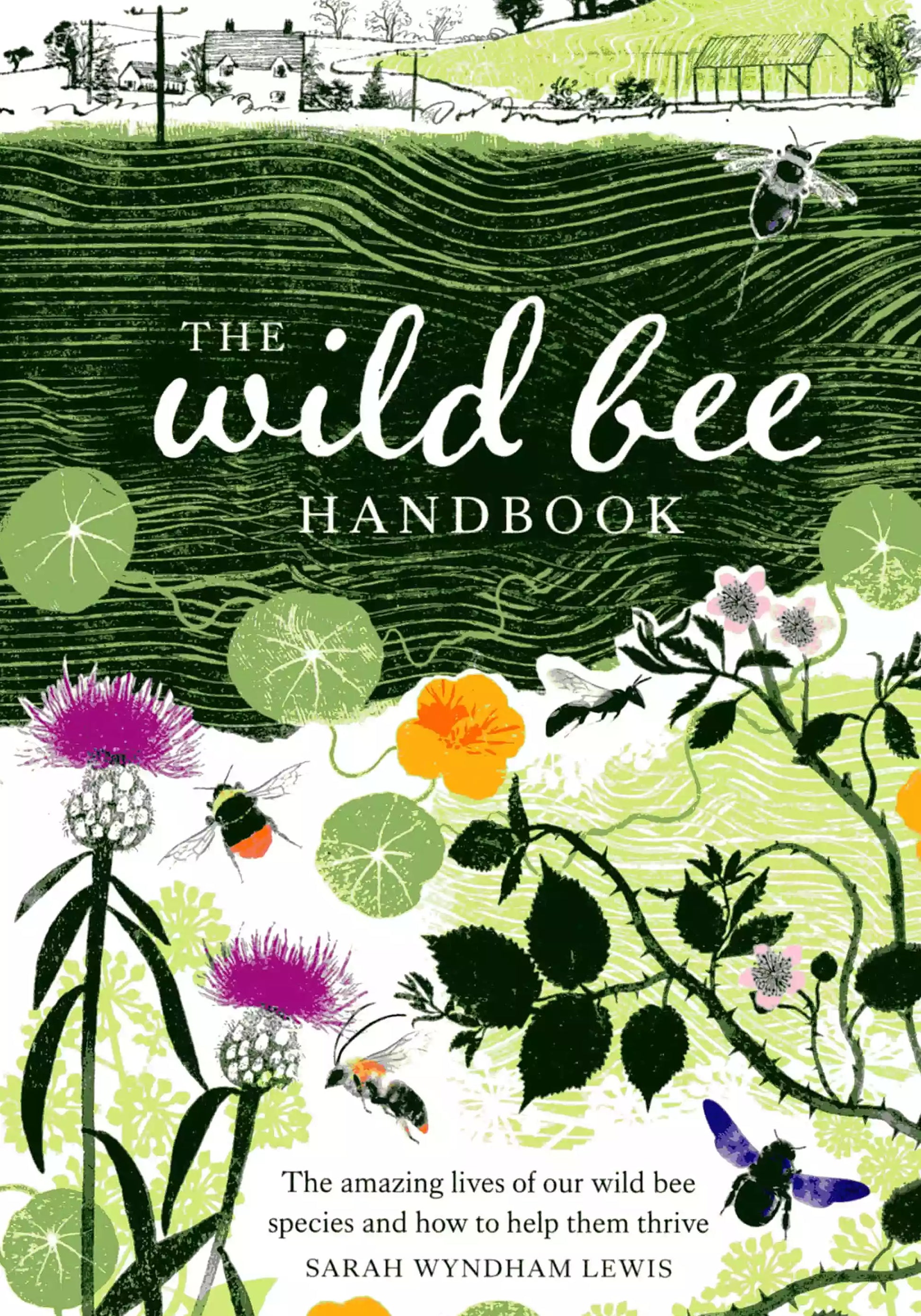The Wild Bee Handbook, Wyndham Lewis

The Wild Bee Handbook
There are around 25,000 wild bee species on earth - The Wild Bee Handbook introduces you to their incredibly varied lives, from the mason bees that lay their eggs in empty snail shells to the mining bees that tunnel deep underground.
Many species urgently need our help. Whether you are a keen gardener or just looking to know more, this charming and practical guide is an essential resource for anyone wanting to understand the challenges that wild bees face in the modern world.
Packed with astonishing bee facts and organic planting advice, this book outlines a simple, powerful approach to gardening on any scale, supporting wild bee populations and boosting biodiversity from the soil up.
VIEW Book Review
Reviewed by Ann Chilcott (Scottish Expert Beemaster) and author of THE BEELISTENER
The Wild Bee Handbook by Sarah Wyndham Lewis is the ideal present for everyone who likes to read and learn about our environment, and discover how we can improve things for future generations.
Wyndham Lewis is an experienced bee farmer and co-founder of Bermondsey Street Bees. She is also a professional speaker and writer, and her previous book Planting for Honeybees remains a bestseller in both the UK and USA.
Wyndham Lewis’ many years of beekeeping and engaging with the natural world inform this wonderful guide to wild bees, health and habitat protection.
There are nine chapters covering the following topics: the differences between social, solitary, and cuckoo bees; how bees function; life cycles; pollination and today’s problems; wild bee species; gardening for bees and how to create natural habitats; plant lists for useful seasonal trees, shrubs, flowers, and herbs; resources including bibliography and where to find further information online. Chapter four contains a wild bee guide covering 25 bee species. Every bee has been carefully illustrated, and alongside each one approximate size are given along with scientific names. We learn where and when we will see them, and a detailed account of their habitats and life cycles.
This is a beautifully illustrated book with exquisite drawings of flowers and bees. Embossed bees and flowers decorate the front cover and are both visually appealing and nice to the touch. There are also several colour photographs which are mostly of flowers.
This book has been primarily written for the public, some of whom have already been misled by the media and think that honey bees are declining and therefore they should become beekeepers to save them. The main messages are delivered with skill and sensitivity, and the author gently busts myths and points the reader in the right direction for the individual. The author exposes the cunning marketing ploy called “bee washing” whereby some companies claim to support bees and market products without any scientific evidence or due diligence. The reader is advised on the common problems often associated with “quick-buck bee hotels”, and how to make one themselves inexpensively at home.
This is a wide-ranging handbook in which everything is explained clearly and succinctly so it will be easily understood by anyone without a scientific or beekeeping background. The goals have certainly been achieved, and The Wild Bee Handbook is likely to spark further curiosity and raise the profile of all our important pollinators.
Unavailable